How Costco Won In Japan
Costco had to re-think its real estate, merchandising and warehouse design to succeed in Japan, which is now its largest market outside of North America.
Thanks for subscribing to SatPost.
Today, we are talking about how Costco solved retail in Japan, its second largest market outside of North America.
Also this week:
KPop Demon Hunter Is Film of the Summer
Links on badminton, Spotify DMs, Amazon's Grocery Business and the US government's 10% Intel stake
…and them wild posts (including Taylor and Travis engagement)
Two incredible things happened at Costco in the final week of 2024.
In Canada, I went to shop there on a Sunday and was somehow able to find a parking spot in less than 34 minutes. In Japan, the $420B retailer opened a new warehouse in Okinawa.
For the sake of all you readers, let’s focus on the second story: that Costco Okinawa opening from a year ago, which was ideal viral headline fodder.
There was a 5-hour long car line just to park in the lot and another 3.5-hour wait to get in the building. Then, absolute pandemonium inside (well, the most organized pandemonium you’ll ever see because…Japan).

The Okinawa-opening hype was not a shocker. Japan is actually the largest Costco market outside of North America. To be sure, North America dominates with 85% of Costco’s 910 warehouses all stocking hysterically-oversized tubs of mayo and peanut butter:
United States and Puerto Rico: 626
Canada: 110
Mexico: 41
Japan: 37
UK: 29
South Korea: 20
Australia: 15
Taiwan: 14
China: 7
Spain: 5
France, Sweden: 2 each
Iceland, New Zealand: 1 each
But Costco’s footprint in Japan is particularly impressive because of how hard it has traditionally been for foreign grocers to break into the country. The Washington State-based company opened its first Japan store in 1999.
Located in the Fukuoka Prefecture — about 1,000km west of Tokyo — Costco Japan was entering a market that had body slammed other retailers including Walmart, Tesco, Metro and Carrefour.
How did Costco make it work with an estimated 6 million members in Japan?
Unsurprisingly, the management took a methodical and we’ll cover it including their strategic approach as compared to the other retailers (particularly on location, merchandising and store design):
Costco’s Asia Expansion
The Japanese Opportunity (and Challenges)
Adapting The Costco Model
What Does Costco Japan Sell?
How Did Costco Change Japan?
Costco’s Asia Expansion
Let me hit you with some quick history.
The first Costco Wholesale warehouse opened in Seattle in 1983.
Co-founder Jim Sinegal had spent the previous 5 years working with the legendary Sol Price. For the uninitiated, Price is the absolute OG of the retailing industry. Sam Walton, Jeff Bezos and Sinegal have all paid respect to Price like today’s young hip-hop producers shoutout Dr. Dre.
Price was a pioneer of the membership warehouse model and launched Price Club in 1976. Sinegal worked at Price Club and took his learnings to co-found Costco, which was basically an instant success. In fact, Costco became the first American company to grow from $0 to $3 billion in sales in less than 6 years. In 1993, Costco merged with Price Club and the combined entity did $16B that year with over 200 locations.
The merged operation took the name Costco and its next corporate chapter included expansion into Asia including South Korea in 1994 and Taiwan in 1997.
Why Asia? Both locations had fast-growing middle classes with an appetite for Western products.
There were significant challenges to entering these markets, though. Bulk buying of stupidly oversized ketchup bottles and 48-packs of paper towels had to contend with the reality of smaller homes and less available real estate for commercial use.
The “Asian Miracle” development model — which involved significant government oversight — was a different operating environment for many foreign companies. It was also a challenge to navigate fast-changing land-use laws and zoning regulations.
According to the book The Joy of Costco by David and Susan Schwartz, Costco had to find local partners in these markets to break in:
South Korea is a prosperous country the size of Virginia, with a population of over 50 million. Dating back to the early 1950s when the US defended South Korea against invasion, Koreans love all things American. (There are still 15 US military bases in the country, so the servicemen and their families are also potential Costco members.)
Just as the Price Club / Costco merger was taking place in 1993, Price Club was concluding an agreement with the Korean retailing conglomerates Shinsegae; Shinsegae would own operations, while Price Club would license its name and run the operation. On October 7, 1994, the first Korean warehouse opened, in Seoul’s Yangpyung neighborhood, under the well-known Price Club banner — even though by that time, the Prices had left the merged company. At 94,000 square feet, Yangpyung is the second-smallest warehouse in the Costco system, with parking above the main retail floor.
In Taiwan, Costco sent a Taiwanese-American named Richard Chang, who had played basketball at UC Berkeley (dude could hoop). The local Taiwanese partner was President Group, which owned Taiwan’s first department store chain and definitely knew how to solve the land development hurdles.
More from The Joy of Costco:
[Taiwan’s] highly mountainous terrain means that urban space is densely populated and priced at a premium. [Costco’s Taiwan] warehouses are multi-story, with multiple floors for shopping and several parking levels, either above or below the main shopping areas. Members travel between floors on included moving ramps, which lock the wheels of members’ carts to prevent slipping on the ramp.
The Taiwan location opened in 1997. Not the best timing. It was the same year as the Asian Financial Crisis.
A combination of too much foreign direct investment, lax lending and overheated real estate markets led to deep recessions across Indonesia, South Korea, Malaysia, and Thailand.
In South Korea, the country’s Won currency took a hit and imports became extremely expensive. This catalyzed Costco’s partner Shinsegae to sell off its majority stake. Costco completely bought out Shinsegae in 2017 (Taiwan’s local Costco partner fared better with the President Group holding a 45% stake in the joint venture until selling it all back to Costco in 2022).
With that context, let’s hop over to the main subject of this article: Japan.
The Japanese Opportunity (and Challenges)
While Japan took a hit from the Asian Financial Crisis — because Southeast Asia was a large export market — the country was spared the worst of the economic damage.
This isn’t to say that the Japanese government didn’t have financial pain. Japan was still dealing with the fallout from the bursting of asset bubbles at the end of the 1980s.
It was a decline of epic proportions as detailed by Vanity Fair:
At its height, in 1989, real estate in Tokyo sold for as much as $139,000 a square foot— more than 350 times as much as choice property in Manhattan. Such valuation made the land under the Imperial Palace in Tokyo notionally worth more than all the real estate in California.
The Japanese stock market, with some shares selling for a 1000x their earnings, similarly skyrocketed. Indeed, in 1989, the notional value of the stocks listed on the Tokyo exchange not only exceeded all the stocks in America but represented 44% of the value all the equities in the world. When the bubble burst — as all bubbles do —the real estate market lost about 80% of its former value, and stocks plunged about 70%.
As a result, the banking system that had extended virtually unlimited credit on collateral based on these assets was left, if not insolvent, paralyzed. To the extent that the heady prices of the late 1980s proceeded from a wild flight from reality, their fall represented a cruel regression to the norm.
Despite the economic crash, Japan was still the 2nd largest economy in the world — after America — when Costco eyed the market in the mid-1990s (around the same time, the country unleashed a powerful cultural mind virus for the population of under-30 American female: Hello Kitty).
Many shopping retailers had tried to break into the juicy juicy Japanese market but it was a mixed bag. Brands targeting a single industry (Toy R Us, McDonald’s, Office Depot) found success while more generalized shopping experiences (Walmart, Tesco, Metro, Carrefour) had flopped.
Japan’s retail market was even tougher to crack than either South Korea or Taiwan.
However, the Japanese government was willing to experiment with new ideas to jumpstart its economy (especially with the wave of changes coming from globalization and the rise of the internet).
Costco entered Japan by partnering with a local land developer (Torius) that was pushing the envelope on Japan’s land use rules.
As detailed in a 1999 LA Times article, here were some key issues that Torius tackled:
Tight Quarters: In the mid-1990s, Japan was “a cramped, mountainous [country with]…125 million people squeezed into an area smaller than California” and “most projects go high in the air and deep underground on small, cramped floors to make maximum use of the land”, so Costco had to adapt.
Converting farmland: Through agricultural co-operatives, Japanese farmers have a lot of political power. To entice farmers to turn rice fields into commercial space, Torius proposed to “lease rather than purchase the land, allowing aging local farmers to earn five times more money by signing a contract than they would straining their backs in their fields.”
Relaxing landlord requirements: Following the Japanese Bubble Burst and Asian Financial Crisis, shoppers and retailers were understandably conservative with their wallets. Torius eased financial concerns by offering “flexible and relatively inexpensive terms to tenants, so that instead of shelling out a fixed monthly rental amount, for example, the retailers [could] pay Torius 10% of their sales.” Further, Torius charged “only limited ‘key money’, a nonrefundable fee most landowners [in Japan demanded] from renters that is somewhat analogous to points on a mortgage.”
The founder of Torius, Takashi Hirayama, told the LA Times, “With the collapse of the economy, the conventional way of doing business in Japan doesn’t work anymore. Japanese consumers are defensive, tightfisted and afraid of losing their jobs. This project is my response.”
Torius’ forward-looking approach was in stark contrast to Japan’s century-old business groups called keiretsus (eg. Mitsubishi, Mitsui, Sumitomo).
Perhaps the most important change was at the national level: the Japanese government relaxed a “notorious” large-store retail law (called "Daitenho") that had previously made it very hard for foreign competitors to enter the country.
Under this onerous regulation, large retailers had to “first gain the approval of every mom-and-pop store in a neighbourhood” and also “stay closed almost a month each year so as to be less of a competitive threat.”
Man, I can barely co-ordinate a WhatsApp group of 4 people to meet for a coffee at Starbucks a month from now. Can’t imagine wrangling dozens of mom ‘n pop stores that don’t even speak the same language.
To be fair, these large-store retail laws made sense when Japan wanted to protect local champions while re-building in the first few decades after WWII. But by the end of the 20th century, Japan was an economic juggernaut and deeply integrated into the global economy. Access to Japan’s market had become a sticking point for America….and remains one to this day if you’ve seen any tariff news lately.
Between Torius’ negotiating skill and a changing economic environment, the Costco warehouse discount model actually had a chance to succeed in Japan.
Adapting The Costco Model
As longtime SatPost readers will know, I love me some Costco and — by default — just assume the retailer does everything better than the competition.
There are the obvious categories it crushes. Many of these have to do with Costco’s in-house Kirkland brand, which does ~$86B a year. An insane figure that is more than annual sales for P&G ($84B), Lowe's ($84B), Wells Fargo ($82B), Citigroup ($81B), Airbus ($74B), Lockheed Martin ($72B), Boeing ($69B), Amex ($67) or Caterpillar ($65B).
What else does Costco do well?
Giant tuna cans. Yep. Rotisserie chickens. Yep. Unlimited return policy. Yep. Tire changes. Yep. Golf balls. Yep. A 5L box of Kirkland red wine because why dafuq not? Yep.
An under-the-radar category that Costco also does well in is family business.
How you ask? As Costco co-founder Jim Sinegal explained in a 2015 podcast with Motley Fool, he entrusted his own son to open Costco Japan:
One of my sons, Michael, we sent him and his wife to Japan. They lived there for 15 years. They started the Costco business in Japan, and their two daughters were raised in that country.
As you might imagine, he became very fluent in the language. After about 15 years, I asked him if his wife — who I thought had been a real trooper with the kids, living there for that long — I said, “would you guys like to go live in France? Because we're thinking of opening up in the continent, in Western Europe.”
Since he was fluent in French and Spanish…and had [opened a Costco in a country], we thought this would be a great opportunity. He went over there and he'd been over there for about a year, and he came to me and he said, “Pop, I've decided that I want to go back to school, and I want to become a physicist.”
I said, “how do you spell that?”
In almost any other circumstance, this would be straight-up nepotism. But you KNOW Michael Sinegal had to pay his dues before becoming Japan’s country manager (case in point: Costco newest CEO Ron Vachris started as a forklift driver…and Costco Japan’s current country manager Ken Theriault has been with the company for 30 years).
As mentioned, Costco opened its first Japan store in 1999. It was small commitment in the grand scheme of things. The wholesaler already had over 300 locations and was generating $24B a year.
The timing made sense, though.
“While we certainly want to see the Japanese economy grow and develop, we tend to do well when economic times are relatively tight,” Mike told the LA Times in 1999. “People want to save money.”
However, people wanting to save money wasn’t enough. It wasn’t like Costco airdropped a bunch of club memberships and saw people roll up with those orange trolley pallet shopping carts.
Aside from the regulatory landscape we touched on in the previous section, Costco faced three major obstacles to adapt its warehouse membership model in Japan: 1) store site selection; 2) merchandising and 3) middelemen.
First, let’s look at store site selection.
Richard Chavez, Costco’s Managing Director of Asia, gave an interview with Marketwatch in 2001 and explained the landscape:
It's difficult to find the properties because there's no central real-estate network that you can go to for multiple listings. Everybody has some land — companies, banks, the railroads — but you've got to find it piece by piece.
Nippon Steel is our landlord in this location. I'd say within our three years we've probably seen 150 properties. But as you come to the market, the market starts to come to you.
You have to then thrash out which ones are really affordable, and we have seen land values really drop. A large acquisition would be difficult. Just look at our warehouse structure, you don't see this structure anywhere else.
We could modify our format to fit existing structures, but then our economies of scale sort of go away. Acquisition is not generally the way we grow, but if a deal came across that was right, we'd look at it. Generally, we opt for the greenfield approach. It's slower, but the way we do it, we control our costs.
The typical Costco warehouse in America is ~20 acres and only occupies a single level.
Finding that type of property in Japan is tough when only 25% of the country’s land is actually inhabitable.
“Costco must be creative,” reads in blurb in The Joy of Costco. “Often creating multi-level warehouses with giant moving ramps to ferry members from floor-to-floor, and pallet elevators for merchandises. Steel piling, driven deep below the ground, provide extra stabilization to improve earthquake resistance.”
The second challenge was in merchandising.
While the Japanese population in the late-1990s had global tastes, Sinegal didn’t want Costco Japan to be “a Japanese museum of American goods, where people come and no one buys.”
So, the inventory for the first Costco location was 90% Japanese (more on this in the next section).
A third and related issue was middlemen.
Costco built its platinum Kirkland brand by going straight to suppliers. That approach was anathema to the Japanese way of doing business, per the 1999 LA Times piece:
Costco is also taking aim at one underpinning of Japan’s much-criticized retailing industry: its middlemen.
Most major stores in Japan operate on a consignment basis, with the risk and inventory costs assumed by wholesalers. In a bizarre twist, therefore, Japanese retailers are often less in touch with their customers than are the middlemen, who actually take the risks.
Following the pattern of its successful U.S. model, Costco Japan cuts out the middlemen wherever possible by negotiating directly with manufacturers and selling in quantity to its members, who pay dues of about $30 a year.
The company is now buying more than 50% of its inventory from manufacturers, posing a direct threat to Japan’s labyrinthian distribution system.
This is why Costco’s long-game approach was so important. It had to address the cultural, regulatory and economic obstacles one by one. Naturally, the retailer was able to expand faster as the lessons from operating in the country compounded.
Within a decade of entering the country, Costco had opened 8 other stores. Just under 1x store a year. In the 15 years since, it upped the pace to ~2x a year and opened 28 more locations.
What Does Costco Japan Sell?
Alright, thank you for your patience.
I know what most of you readers really want to see: the Costco Japan spread that is available to members shelling out ¥5,280 annually for Gold (~$35) or ¥10,560 for Executive memberships (~$70).
What mysteries await a shopper on the outskirts of Tokyo after they flash the fresh fresh Costco membership at the warehouse door?
Before we get into the photos, there are three insights that I want to flag:
Fresh Food Rules
Balancing Japanese and American Products
Rise of Costco Re-Sale Stores
***
1. Fresh Food Rules
The first notable insight on the Costco Japan product offering is that Japanese shoppers really really prefer fresh food to packaged or frozen products. Today, 30% of Costco Japan sales are fresh food compared to America at 15% of sales (and 65% of the fresh Japanese food is locally-sourced…including “yellowtail, jaw, or loin filets, fresh salmon roe, salted cod, three kinds of mackerel, frozen squid and several kinds of seaweed” per Joy of Costco).
And this is why you’ll find an entire sub-community on YouTube of creators sharing their Costco Japan visits and going NUTS OVER THE FRESH SUSHI AREA. Trays of 48 nigiri, rolls and sashimi for ~$20. I know Costco does sushi in other countries. But it ain’t looking that fresh.
***
2. Balancing Japanese and American Products
Costco Japan currently has a more diverse product mix than that first warehouse which was 90%+ Japanese goods. In the decades since, the warehouses have upped the share of American and foreign products.
The Japan Times did a recent profile of Ken Theriault — Costco Japan’s country manager — and it described how some members view a trip to Costco like it is a trip to Disneyland:
Typically, foreign businesses that thrive in Japan localize heavily, but part of the Costco allure is that it hasn’t done so.
Instead, it has become a destination — a weekend activity. Theriault says there can be such a thing as too much localization.
“Carrefour came to Japan, but they got a partner. They localized so much that people went there and said, where's all the French wines, where's the French cheeses, where's the French bakery? They just tried to localize too much. They didn't set themselves apart from the competitors,” he said. […]
The wholesaler's revolving product selection is compatible with the Japan market, where seasonal offers are a staple of the experience.
Also, by selling through its existing inventory of American products, Costco can continue to grow its Kirkland Signature brand…which, again, is just a beast and does $86B a year (nearly as much a fellow luxury giant LVMH at $88B).
One American-influenced product category that has done very well is the bakery section, as explained by Jim Sinegal in a 2011 Seattle Times interview:
One of the things they told us when we went into business in Japan is that the taste for Japanese sweet goods is different. “They’re not going to buy the bakery products you have.”
We almost changed … to a different product. We said no … we’re going test it and we’re going see how it works.
Well, P.S., today the penetration of bakery products in our Japanese warehouses is greater than any other country where we do business. (Penetration is what percent of our total business is bakery.) So we obviously go into these countries with an eye toward what is necessary, what really works. We’re not so arrogant as to assume everything we’re going to do will work just the way it does here.
But we test things and try to figure out solutions. One of the things that makes our business attractive in places like Mexico or Japan or South Korea or Taiwan is our mix of US goods. They like US goods. So we do a very good job of selling American products there.
Sinegal says one category of American products that they have had to adapt is apparel: “The sizing on men’s shirts in Japan, Korea and Taiwan is entirely different. Our Kirkland Signature shirt has an Asian cut to it. Slimmer in the waist and smaller sizes. These things were draping on everybody.”
Keeping a balance between local and foreign goods is an ongoing challenge.
I’ve read through a few threads of why Costco Japan members quit and a common complaint is that the warehouse is losing its American identity and cutting more deals with Japanese suppliers. Do too much of that and Costco Japan has less differentiation than its local competitors.
One edge the Costco Japan maintains is selling in bulk, particularly when it comes to cheeses, dairy and meats.
Despite having smaller homes on average, Costco Japan members deal with the bulk by splitting hauls with other members. This helps to explain why Japan — across Costco’s ~140m global members — has more members per warehouse than any other place in the world (quick comparison: The US has ~70m Costco members across 626 warehouses, which is ~112k bulk-buying fiends per store; Japan has ~6m across 36 warehouses, which is 162k bulk-buying fiends per store).
“In Japan, it is very obvious that customers shop together,” Sinegal explained to the Seattle Times. “The value concept is consistent throughout world. If you’ve got great pieces on merchandise, people are going come shop with you.”
***
3. Rise of Costco Re-Sale Stores
The Japanese shopper’s habit of communal buying led to an interesting new sales channel for Costco during COVID: the rise of mini-Costco stores inside of standalone retailers that sell Kirkland Signature items in small (non-bulk) quantities.
Here is what happened according to Mark Kennedy in the Real Gaijin newsletter:
The reason for this new service, which has captured the hearts of Costco fans who are not members, was in large part due to Covid. Costco enforced a companion limit from April 2020 to October 2022, during which time only a member's relative and one child under the age of 18 could enter the store. Although the member could share items, the appeal of the Costco experience ended up being greatly diminished if a shopper could not visit the store. This policy spawned the cottage industry of Costco resellers, who buy items sold at Costco and resell them.
While maybe not directly partnering with these retailers, Costco seems fine to let smaller stores sell through its products (which usually have a 10-20% mark-up).
“There is no problem reselling the products in this way,” said Costco Wholesale Japan in a blog. “Because we originally have a history of selling products for businesses such as restaurants."
The expansion of this sales channel makes a lot of sense.
Costco can only move so fast on warehouse openings and has strict requirements on where it can open. It needs a population of at least 500,000 within a 10km radius, a land lot around 50,000 square meters (including space for a gas station), a parking spot for 800+ cars and a long-term lease of 40+ years.
The mini-stores allows Costco to capture more mind-share, per Kennedy:
By guaranteeing the growth of mini-Costco resale stores across the country, Costco is helping to expand its reach and further penetrate the market. They are also paving the way for the possible introduction of a smaller warehouse model.
I suspect that Costco executives are already scouting locations for future warehouse stores. By encouraging this type of "antenna store," they are laying the groundwork for further market penetration. As a result, rural consumers are likely to see more of these resellers popping up across the country.
Remember, driving memberships is Costco’s entire raison d’etre.
Some quick napkin math for the entire company in 2024:
annual sales of $250B
2% margin on the grocery business
90%+ margin of $5B on memberships
operating profit of $9B (1/2 grocery, 1/2 memberships)
Once these lucky folk sign up, they can literally make that ¥5,280 membership fee back on a 96-pack of kitchen towels and 20L Kikkoman Soy Sauce.
***
Finally, let’s get to photos of the Costco Japan warehouse selection.
The best round-up I found was from u/HugeRichard11 in the r/Costco subreddit. Incredible handle. He shared over 150 photos after visiting a Costco in Kyoto.
As noted by Jim Sinegal, the bakery section goes hard:
“Luxury Mini Croissants”. LMVH does NOT sell these.
Next up, the pre-made and “quickly cook it yourself” meals:
The fresh meats section is deep with US beef:
The seafood section is JUKING:
Here’s the alcohol section (much wider selection than my local Costco and with pairing guides…impressive but couldn’t find the indispensable 5L boxed Kirkland wine):
Kirkland swag (and Ground Saigon Cinnamon) knows no borders:
u/HugeRichard11 made an interesting point that a lot of the items “focus on storage or single use”. I don’t know if this is a higher share in North America but would be consistent with the communal shopping vibe:
I’m really feeling the frozen food section here with them fish-shaped waffles (!) and tonkatsu (!!!!!).
Last thing, obviously they gonna rep them fresh Toto heated Washlet toilet seats:
How Did Costco Change Japan?
We’ve spent most of this article talking about how Costco had to shape shift its warehouse membership model to succeed in Japan.
What about the reverse: how has Costco changed Japan?
The retailer’s approach of going direct to suppliers and cutting out middle-men probably influenced other companies.
Meanwhile, there is some evidence that Costco has played a part in raising Japanese wages, even as it only employs 14,000 workers across all of its warehouses.
In North America, the retailer is very well-known for compensation packages above the industry norm. The higher salaries lead to more loyalty and reduces employee churn. Re-training a new hire costs at least a year in salary, so the model is a win-win.
In Japan, a Reuters report found that Costco pays 30-60% more than the local minimum wages. This is not a knee-jerk positive outcome, though. Since Costco operates in many rural Japanese areas, the higher wage offers do crowd out mom & pop retailers.
While some of these mom ‘n pop shops are unable to match the wages and have had to close up, others are raising their salaries to attract workers. The higher wages help to revitalize the rural locations and creates a virtuous cycle for Japan, which has struggled with low wage growth for decades:
Pressure from [Costco] to offer competitive salaries is tough for businesses like Yamada-udon, but could be the kind of jolt that Japan's local economies need to create a virtuous cycle of higher wages, solid consumption and stable demand-driven inflation, some say.
A meaningful and sustainable rise in wages is a key goal for [the Japanese government], while the Bank of Japan says it is a crucial factor for normalising monetary policy. Real wages — stripping out the effect of inflation — have fallen for 25 straight months despite Japanese firms agreeing to the biggest hike in wages in three decades in both 2023 and 2024.
The chart below shows how minimum wages in Japan (left) are higher in prefectures where Costco warehouses are located (right).
Yes, I know correlation doesn’t mean causation but wouldn’t be shocked if there is a there there.
Either way, Costco has solved the local Japanese retail game better than most foreign brands of comparable size.
This was never a sure thing.
“Japan is probably the most expensive market for us to enter in the world,” according to Costco’s Richard Chavez after the first warehouse opened in Japan. “For any of us who are responsible for business in countries outside the US and for regions within the US, there's only so many dollars you're competing for. You have to be able to generate the same type of returns even though costs might be higher (in Asia) than, say, a comparable location in the US. And Costco is spending a lot more on capital investment. If we make it work in Japan, it's a pearl.”
Japan has definitely become a pearl and Costco is now trying to find similar success in China, the current 2nd largest economy in the world. After more than a decade of research — and trialling an e-commerce pilot program with Alibaba — Costco opened its first China warehouse in Shanghai in 2019 (and 6 more since).
Costco still has more plans for Japan, with a target of 60 total warehouses by 2030 (and, remember, the Japanese warehouses have the most members per store).
You know what all of them will definitely have? It’s something I somehow made it this far in an article about Costco without mentioning: the hot dog combo!!
Sticking with the Costco lore, the price of that combo in Japan has been ¥180 (~$1.25) since the first warehouse opened in 1999. Incredible scenes. Japanese warehouses actually sell more hot dogs — which are made of pork (not beef) — on a per capita basis than anywhere else.
That’s not even the best part of the Costco Japan food court. Just look at this spread.
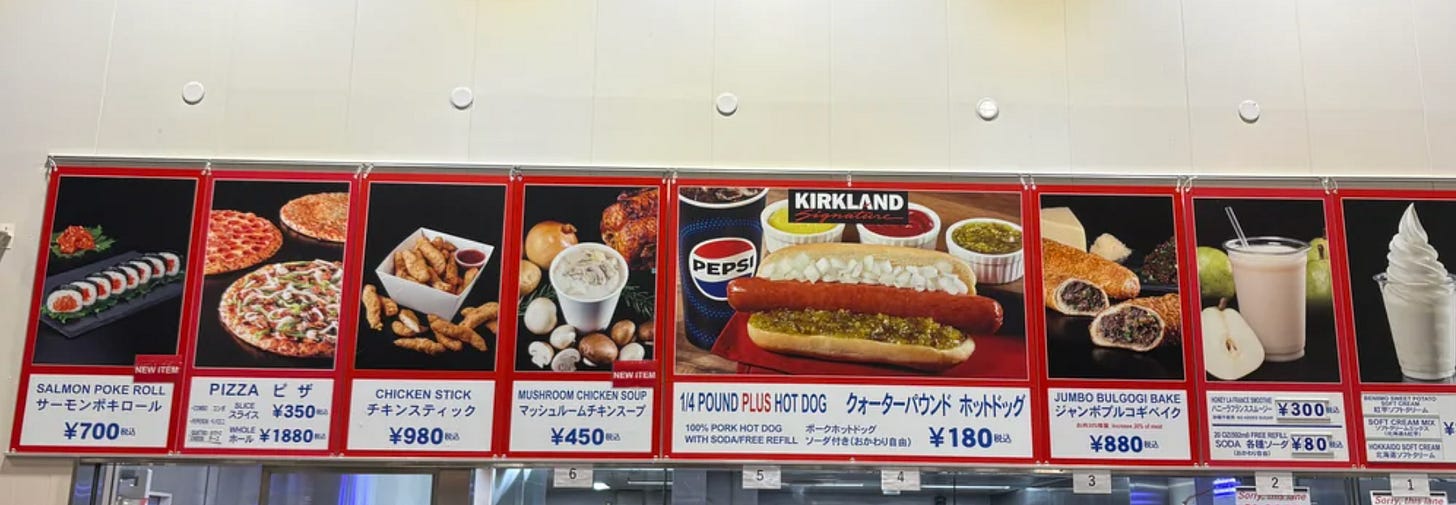
Look at those Chicken Sticks. Look at that Mushroom Chicken Soup. Look at Bulgogi Bake. LOOK AT THAT BULGOGI BAKE! I’d definitely wait 5 hours to park and 3.5 hours in line to get my hands on one of those.
This issue is brought to you by Liona AI
Launch a GPT Wrapper in Minutes
As many of you SatPost readers may know, I’ve been building a research app for the past few years (Bearly AI).
Over that span, I’ve drank over 1,347 coffees while my co-founder built a flexible backend to manage all of the major AI APIs. We turned that backend into a product called Liona AI.
This easy-to-use platform lets your users and teams connect directly to OpenAI, Anthropic, Grok, Gemini, Llama, Cursor and more while you maintain complete control over security, billing, and usage limits.
KPop Demon Hunters is unstoppable: Speaking of licensing content gone wrong: Sony originated and produced KPop Demon Hunters, which is probably the film of the summer. That IP is estimated at $1B+ now, and Netflix owns it because Sony sold the entire thing for ~$100m.
KPop Demon Hunters — which is just an incredible mash-up of buzzwords — is now:
the #1 most-watched film ever on Netflix (~240m views)
4 of 6 most-streamed songs on Spotify
First soundtrack with 4 songs Billboard Top 10
The 87th South Korean show or film on my wife’s Netflix watch list (Netflix incepted her so hard into South Korean dramas that we started subscribing to Asian-streaming app Rakuten)
The film was hitting so hard that Netflix did a theatrical release on 1,700 screens. This is about 1/2 what you’d get for a major opening release and one major reason is that AMC refused to carry it (because of how hard Netflix shits on the in-person theatre experience).
Just to rub salt in Sony’s wounds, the film was #1 at the box office last week. It pulled in ~$20m, which is about as much as Sony is expected to make from the project, per Matt Belloni at Puck (tbf, Sony needed some of that money during COVID).
Having said that, KPop Demon Hunters is unlikely to have blown up as hard as it did without Netflix’s thumb on the algo scale. And this is why it’s such a big W for the $500B+ streamer. KPop Demon Hunters will become a legit animated franchise for them and they proved they can blow a film up without a standard theatre release.
And they needed to prove it because their other most-watched films ever a grab-bag of “'I’m never going to get those 2-hours of my life back” (Red Notice, Carry On, The Adam Project, Don’t Look Up, Bird Box, Back In Action).
Links and Memes
Some other baller links for your weekend:
“Physics of badminton’s new killer spin serve”: Those absolute savages in professional badminton invented a new serve that is so good, it’s been made illegal. Those shuttles might look goofy at this weekend’s Labor Day BBQ cookout, but can travel as fast as 300 mph. (Ars Technica)
“Notes on The Greatest Night In Pop”: Economist Tyler Cowen often says that the best books about business management are actually biographies of musicians. This breakdown of how Lionel Richie and Quincy Jones made the charity song with “We Are The World” with some of the most famous singers ever — Michael Jackson, Stevie Wonder, Bruce Springsteen, Bob Dylan, Diana Ross, Cyndi Lauper, Tina Turner, Billy Joel, Dionne Warwick — is a perfect example. (Ian Leslie)
“Amazon's Latest Grocery Push: Mapping the Battle for Online Grocery Delivery”: Amazon has been dabbling around same-day grocery delivery for years but has apparently gone all in. It’ll now do same-day dairy, produce and meat delivery so you can finally get that single banana at 2am when you make a drunk Prime purchase. VC Thomas Reiner gives a great breakdown of how every other grocery retail player is impacted. (Platform Aeronaut)
“Is Rotten Tomatoes Still Reliable?” A good data analysis showing that Rotten Tomatoes critic scores have all gone up since the review site was acquired by ticketing firm Fandango. The numbers are probably getting juiced but if you care about the survival of theatres, this might not be such a bad thing. (Stat Significant)
Spotify is Rolling Out DMs…it’ll only be available to certain users over 16 and probably means we’re probably one step closer to the streaming service rolling out a no-brainer Reddit idea: “Spotify should have a ‘music soulmate’ in their yearly wrap up where they match you with the person that has the most similar music taste to you based on your listening habits”
The US Government Takes a 10% Stake in Intel: The Wall Street Journal has a great blow-by-blow account of how Trump went from saying Intel CEO Lip-Bu Tan should resign to taking an equity position within a few weeks. Ben Thompson believes this is not a good precedent but also the least bad idea available because America really needs a national semiconductor champion.
Taylor and Travis got engaged…you might have heard. Good take from LindyMan “Marriage used to be the entry point into adult life. One of the first steps. Today marriage has become the culmination of adulthood, the final step after a long run of individual experiences. People are expected to first build careers, live alone, travel, date for years, and only then settle into marriage. Marriage went from foundation to trophy. It is no longer the stabilizing base that anchored young people early, but an almost luxury milestone once life is already sorted out. Which is precisely why it’s rarer now.”
…and them wild posts (including this interesting AI-generated image when someone asked ChatGPT what it looks like inside her “pregnant belly”…and one of the top replies is “You are absolutely going to want an epidural”):


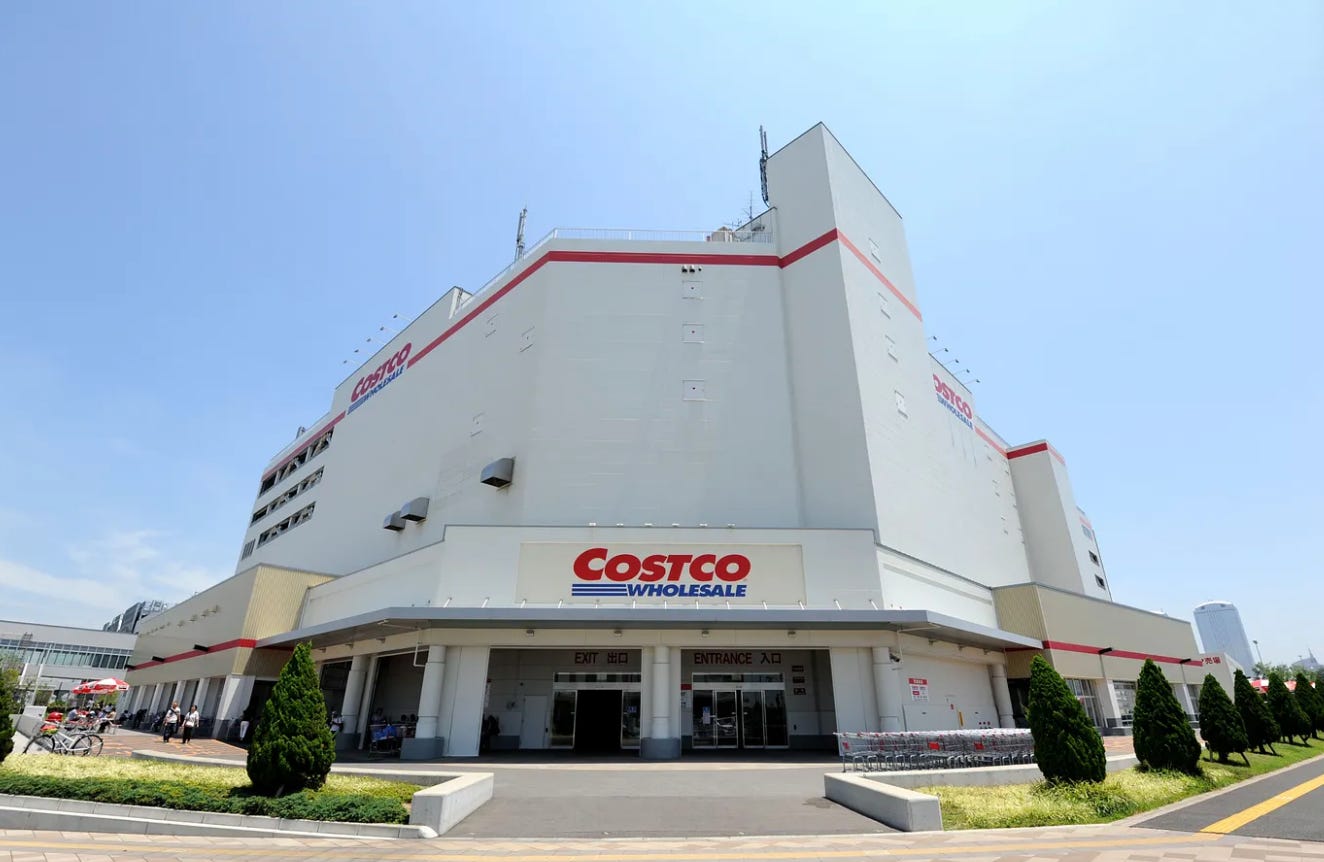
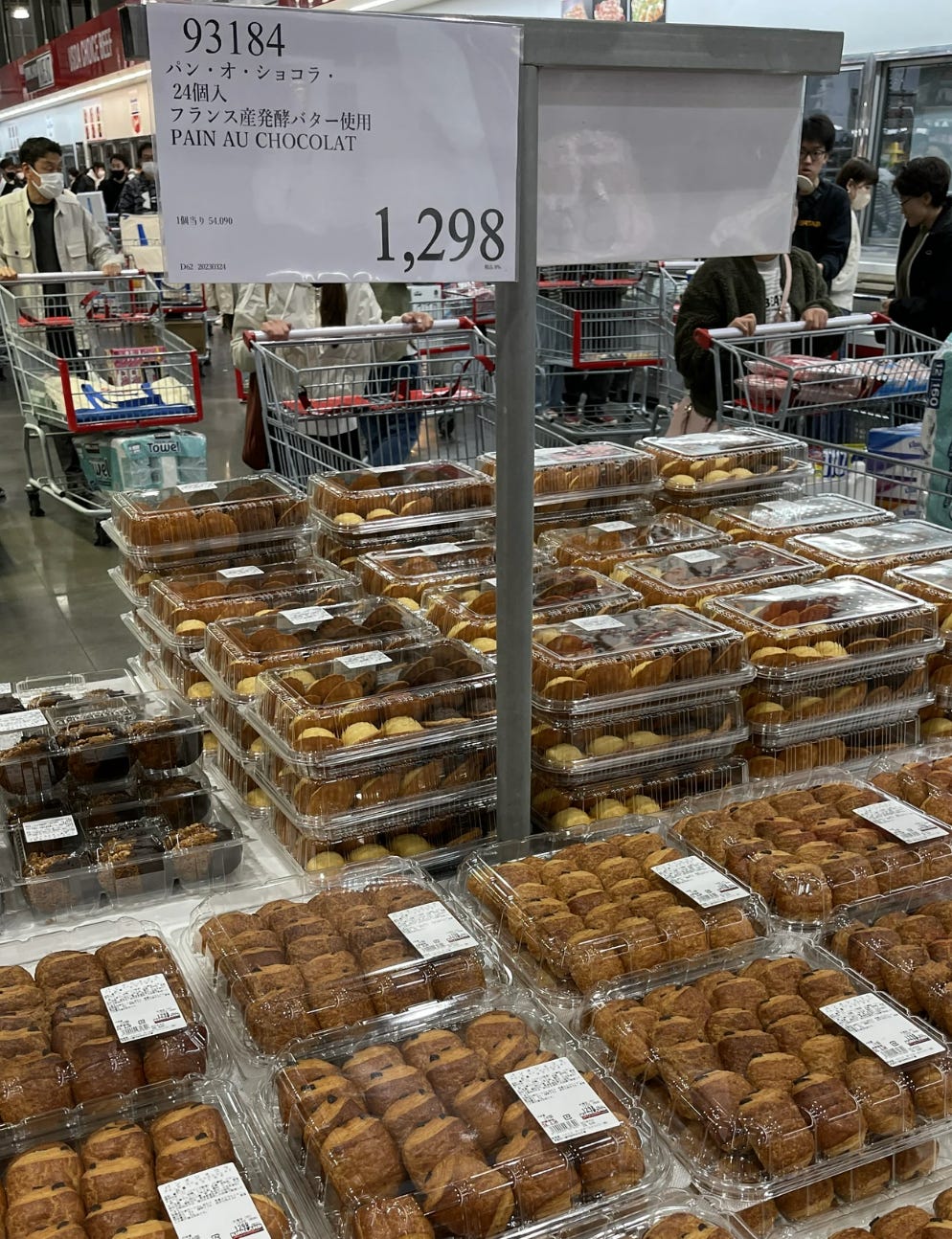
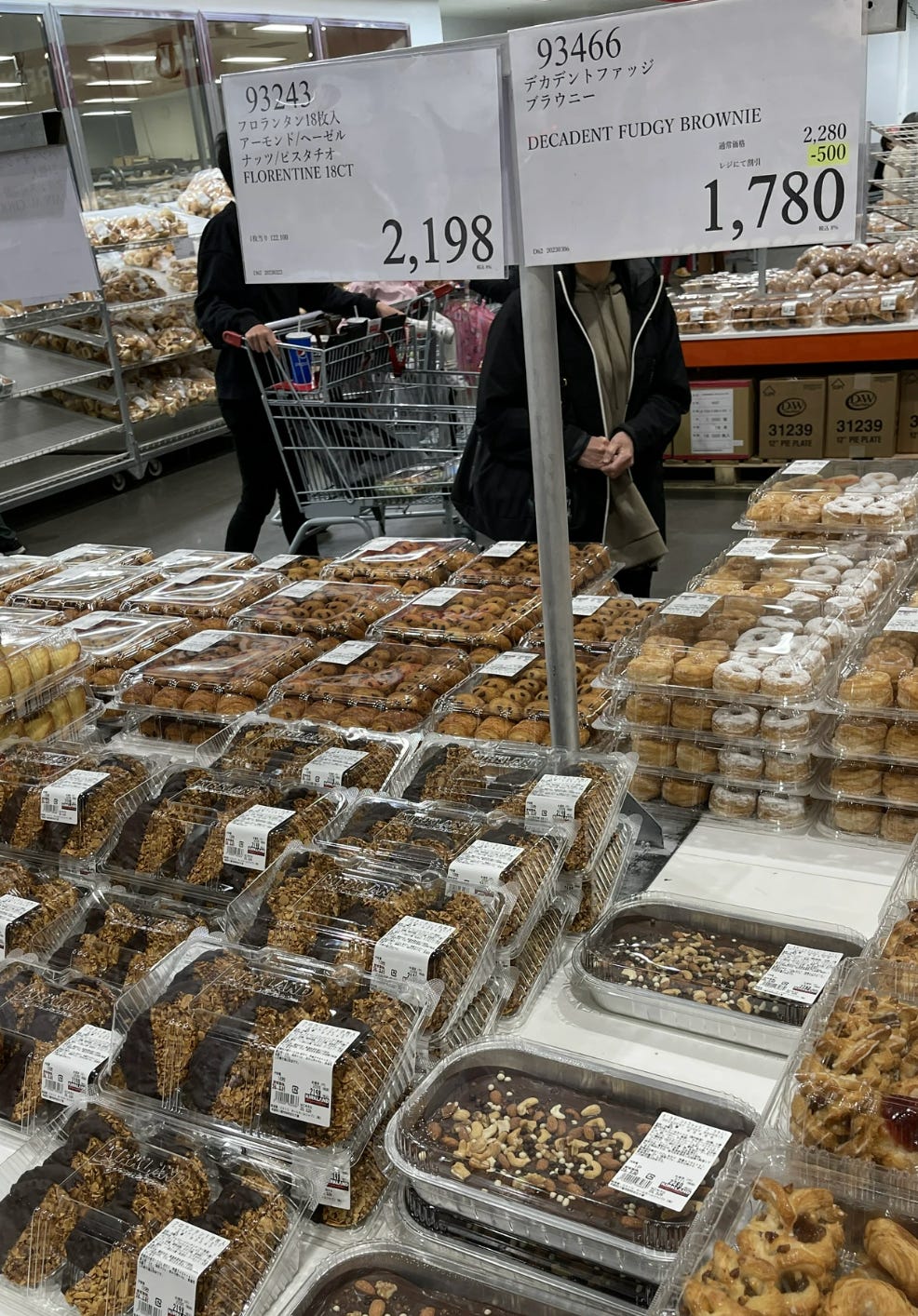

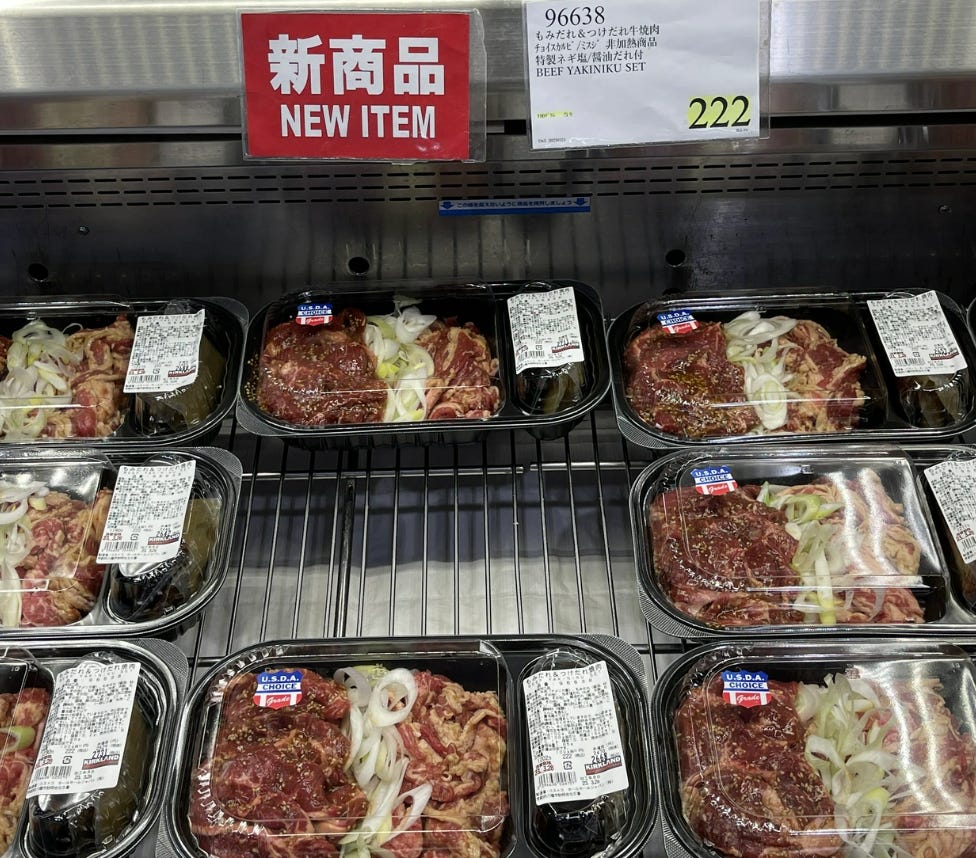
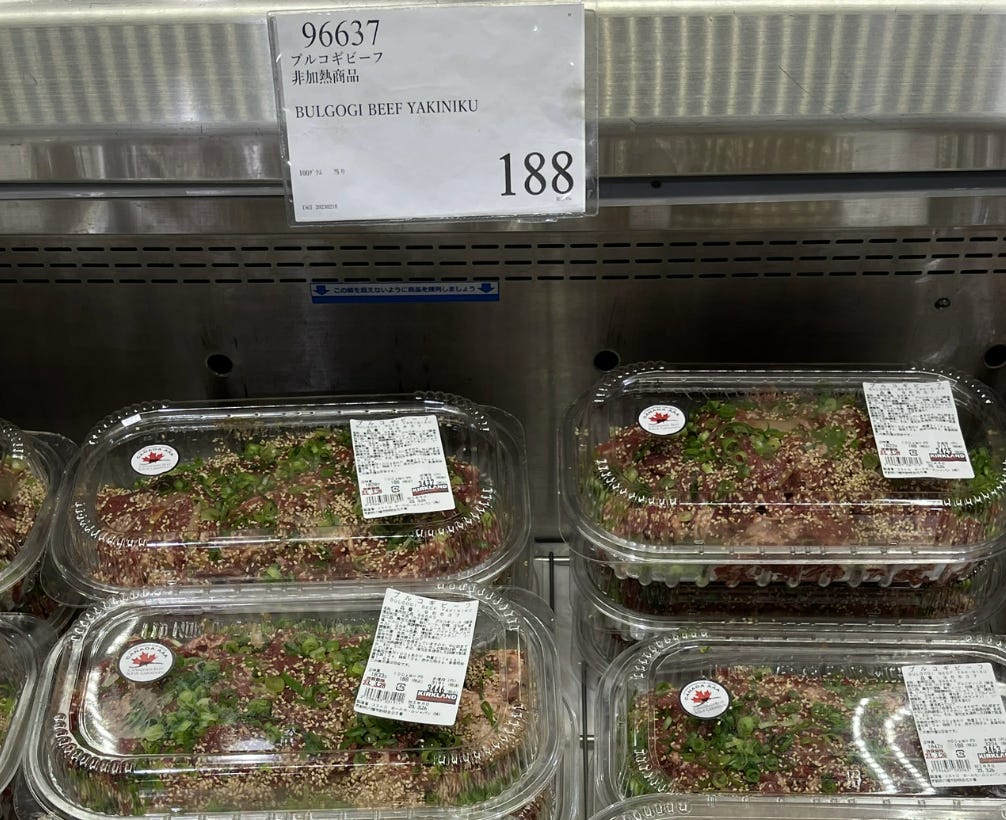
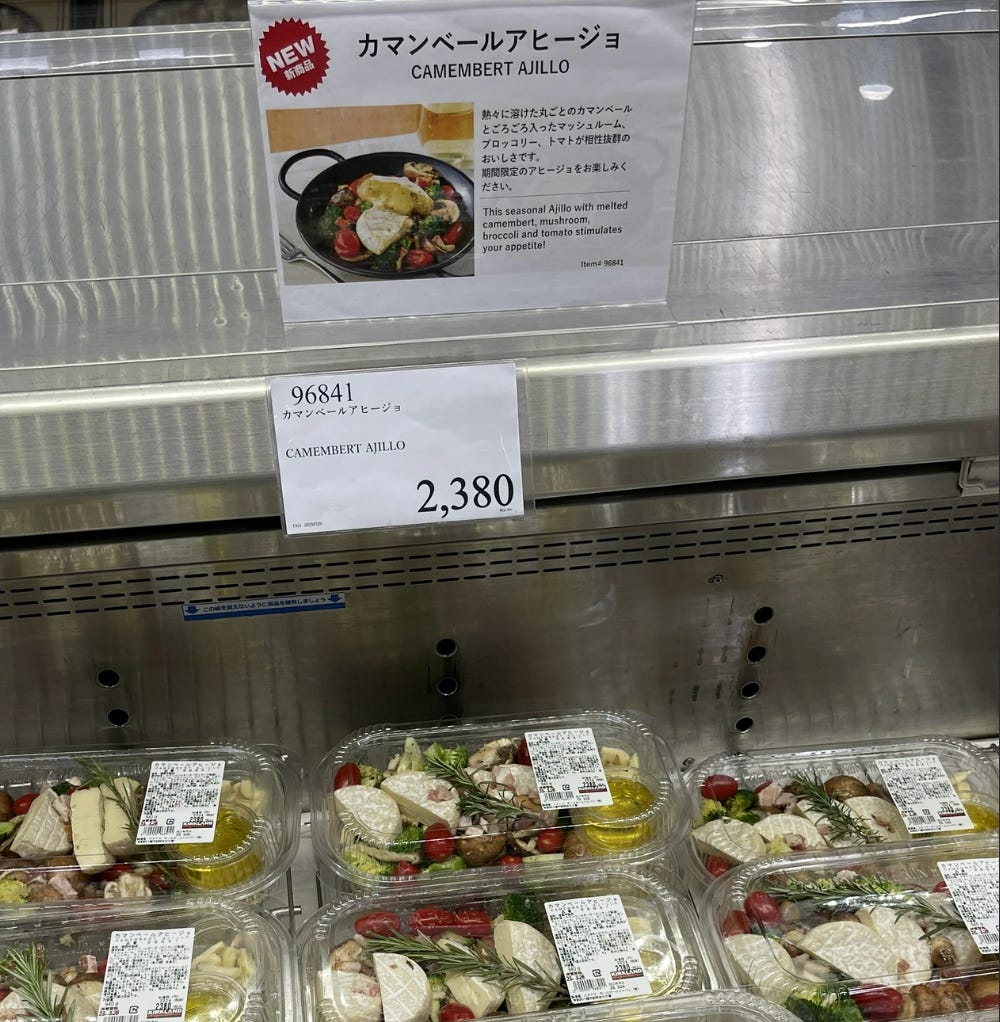
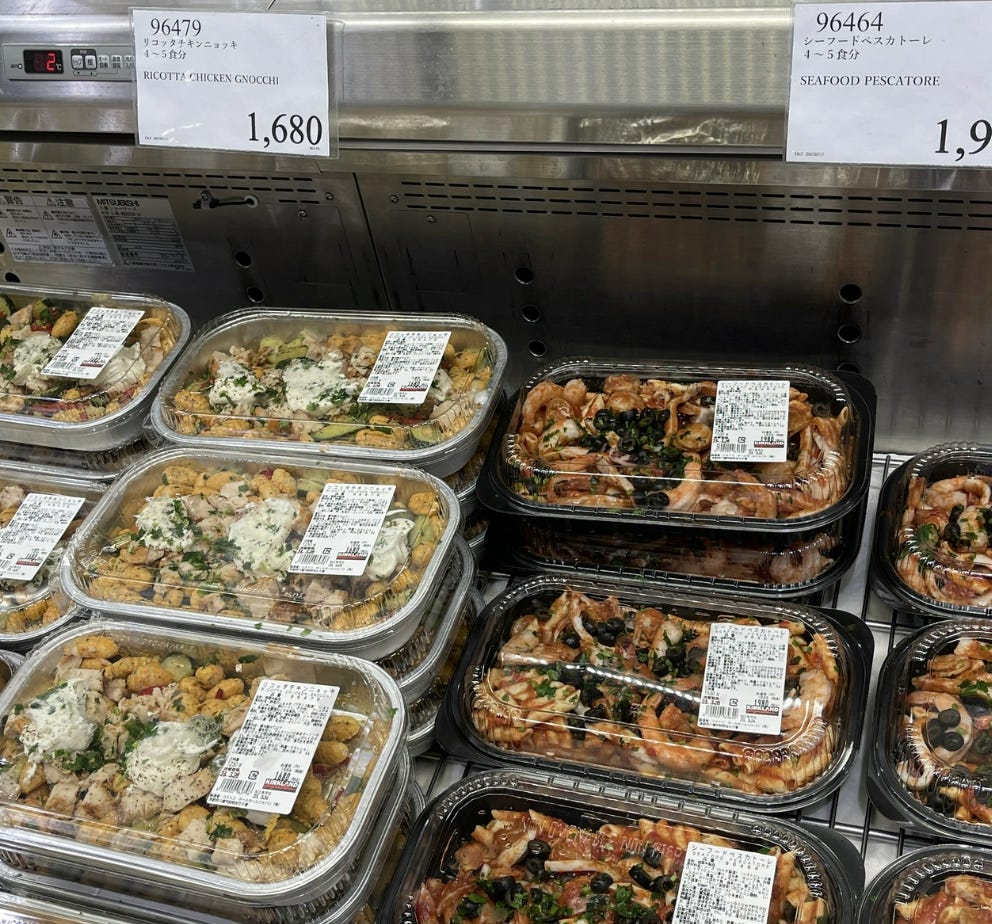
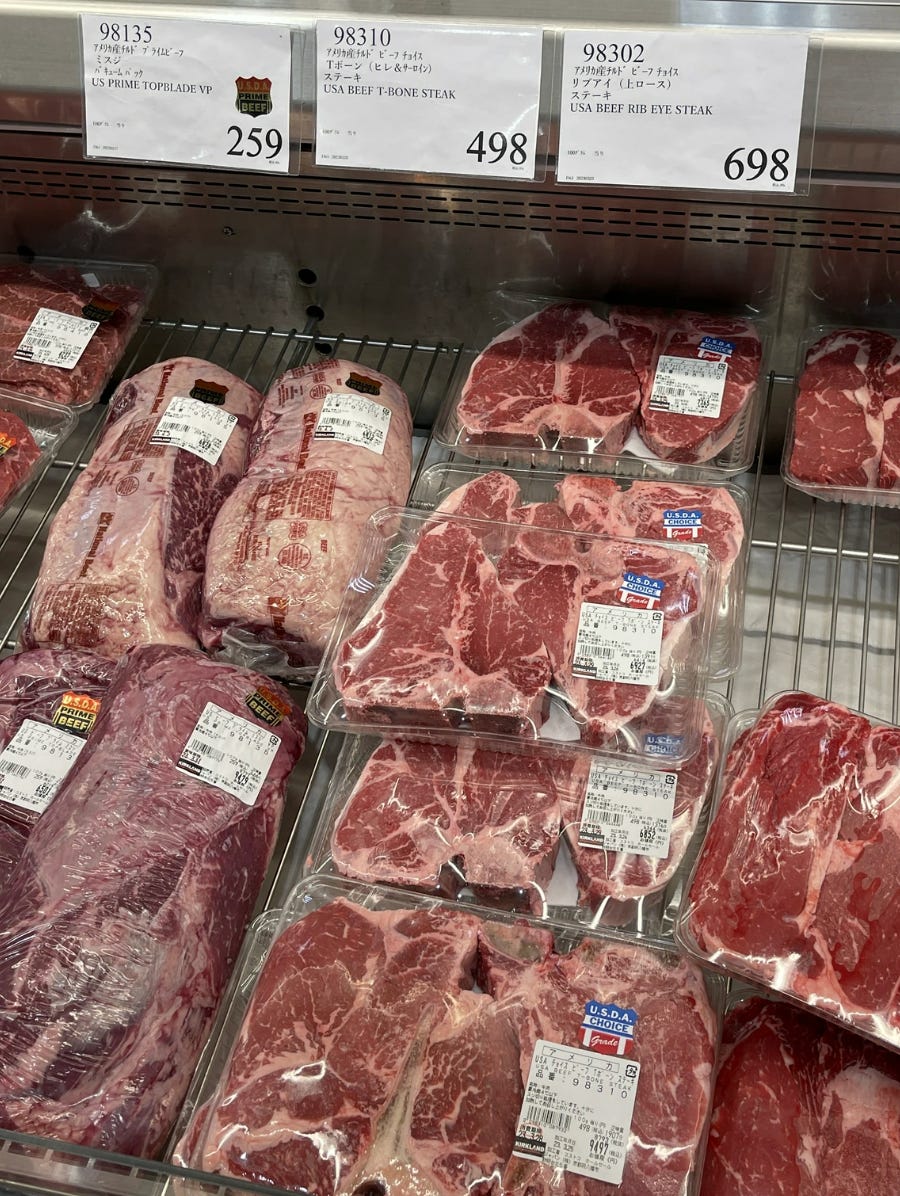
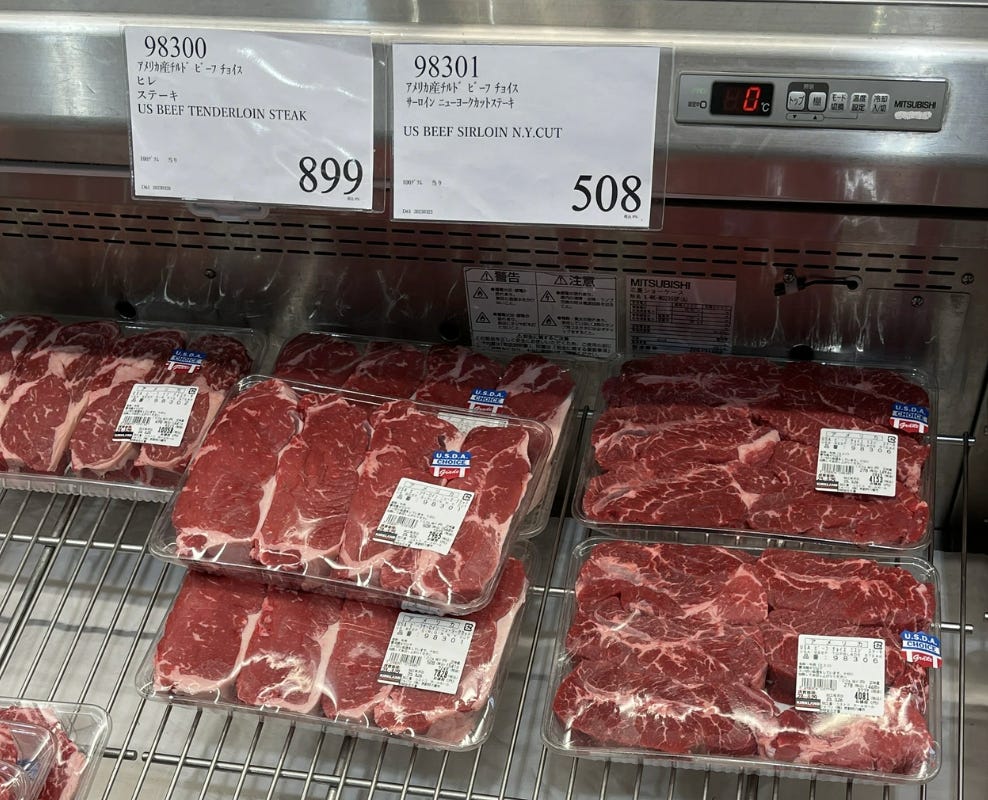
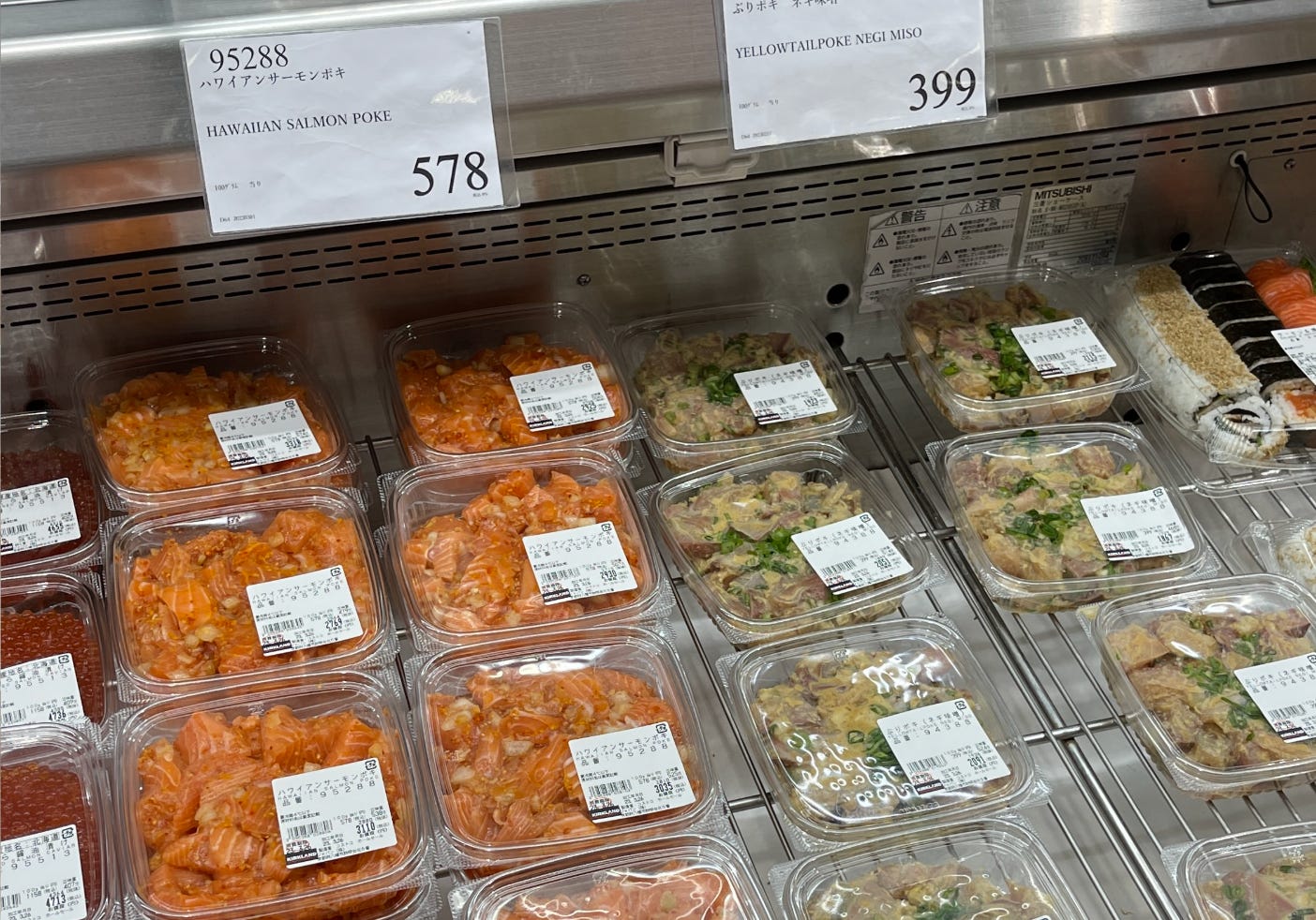
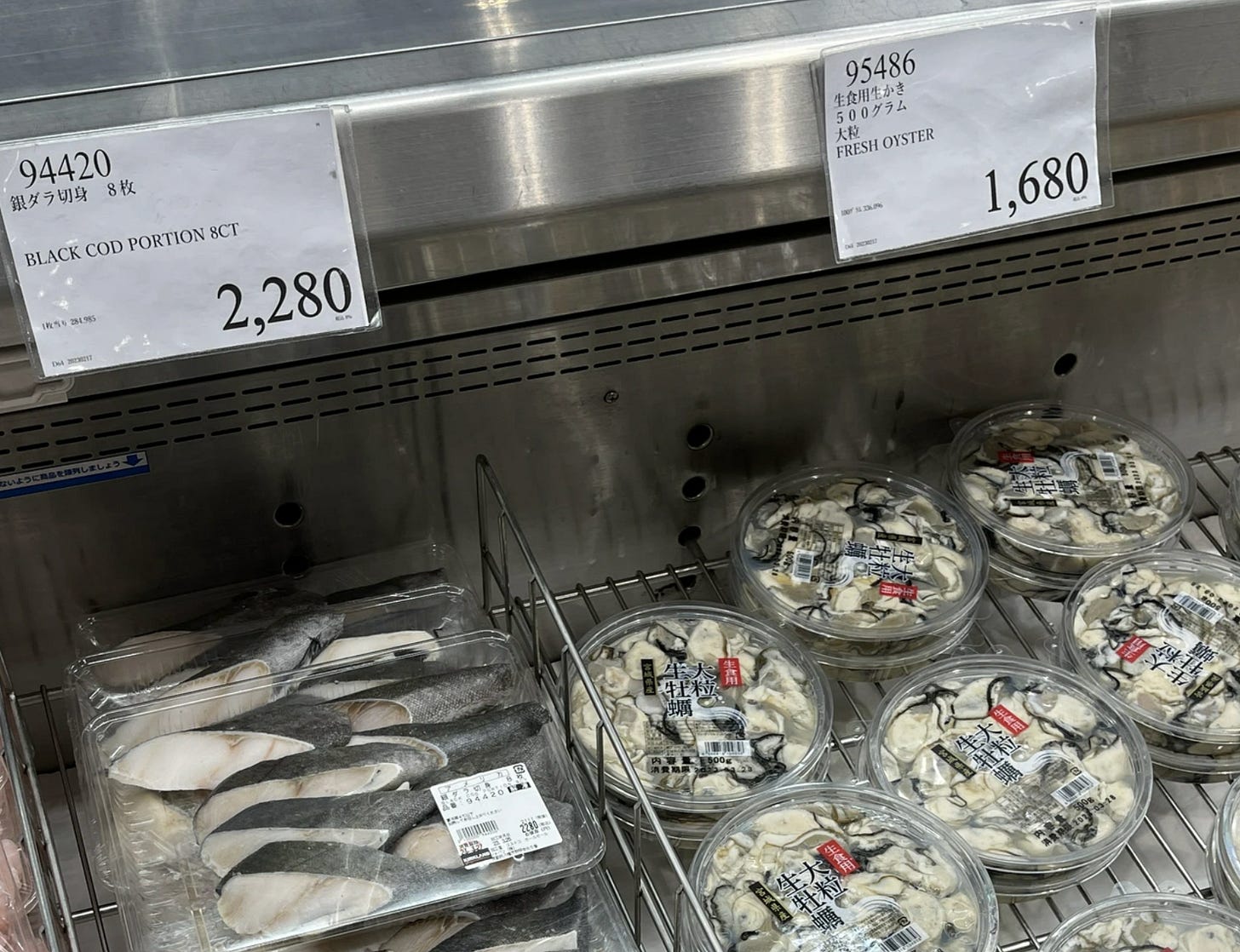
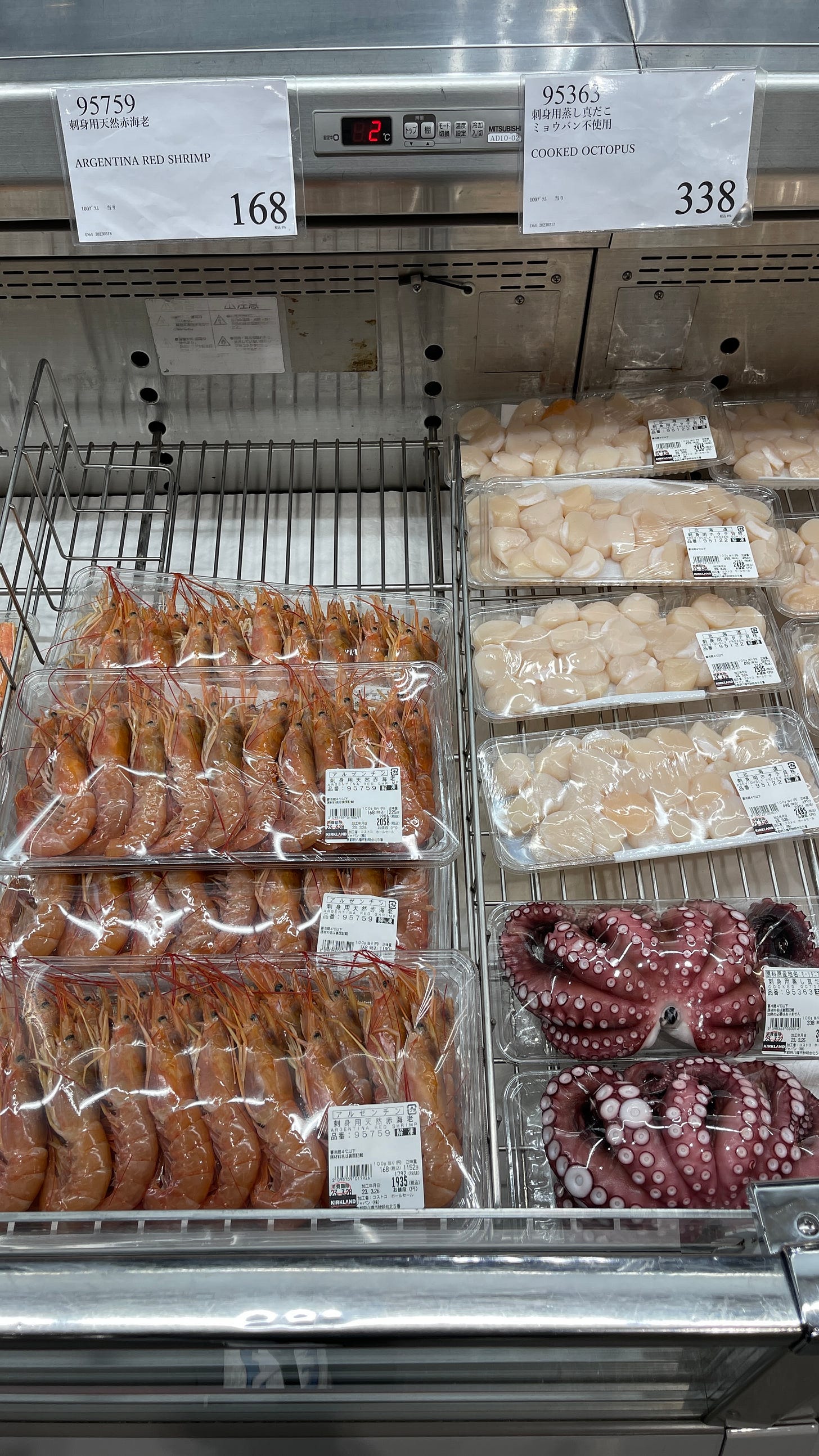
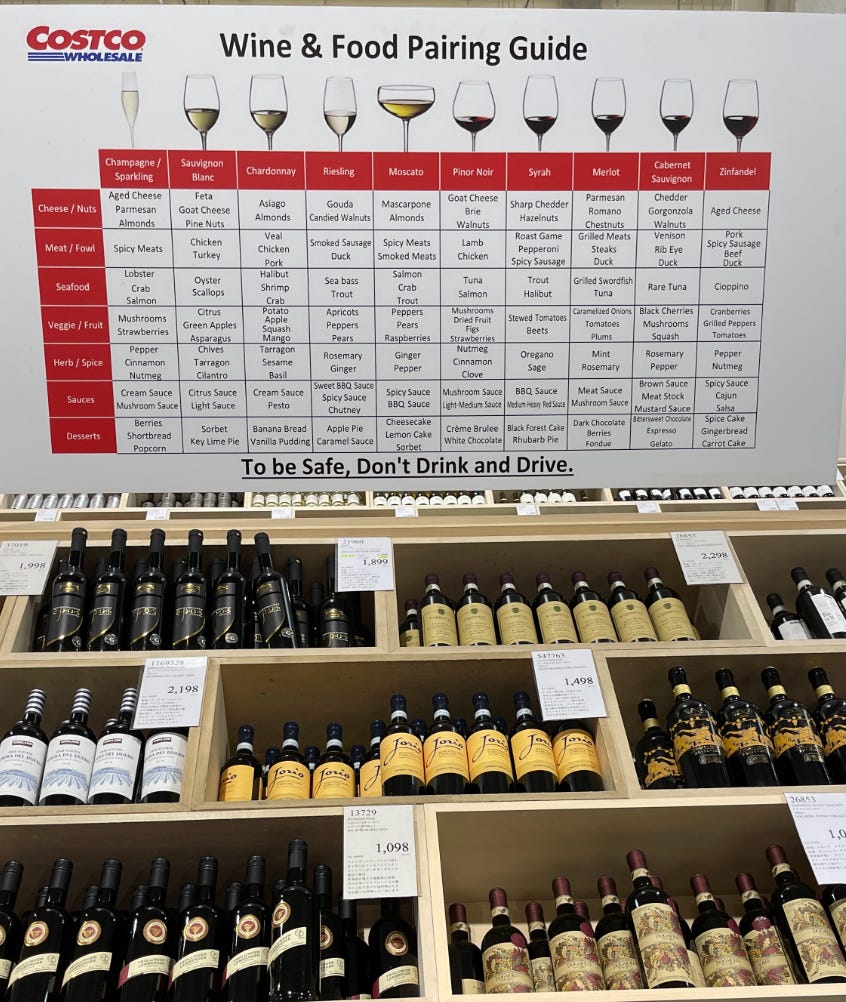
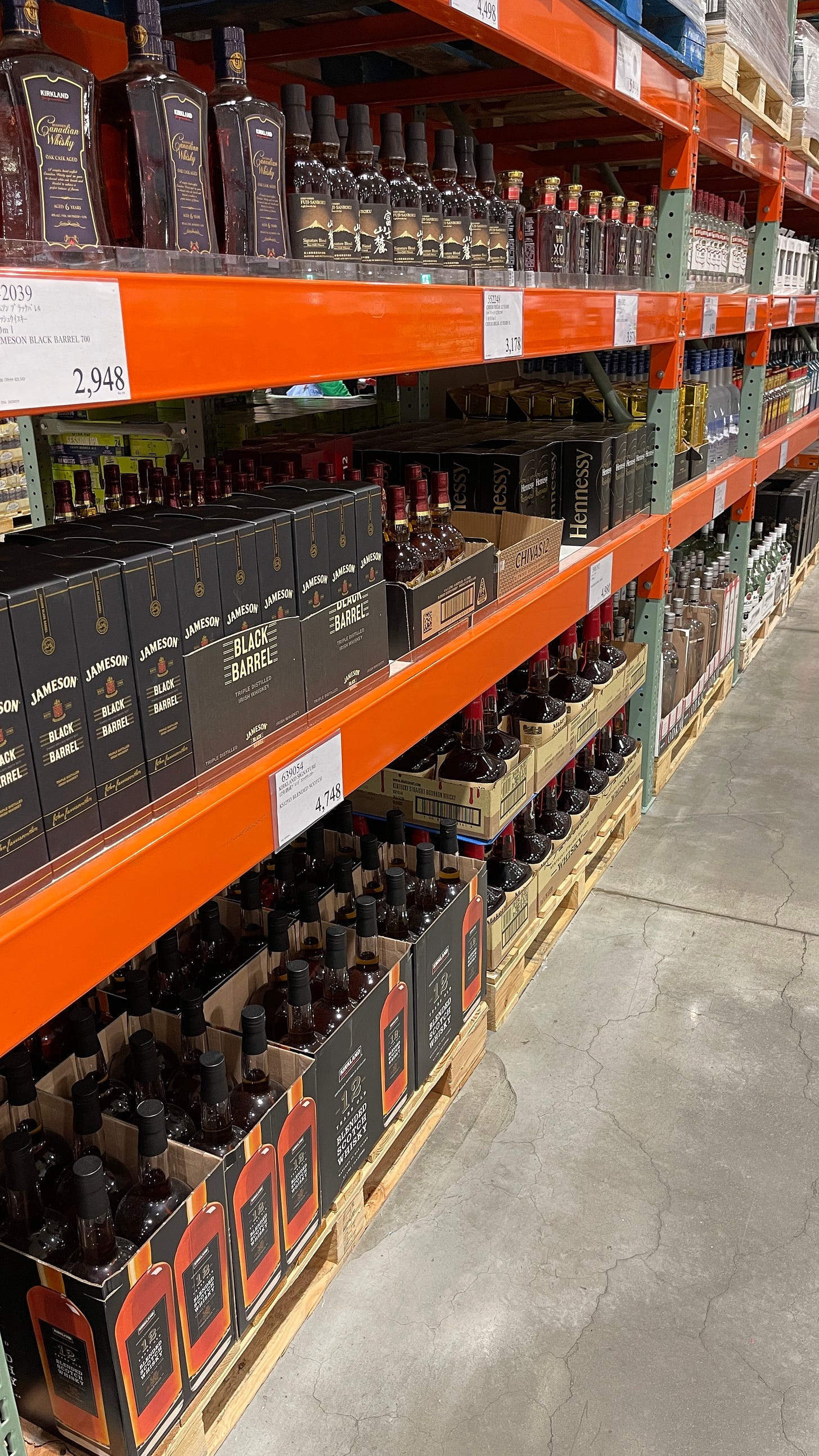
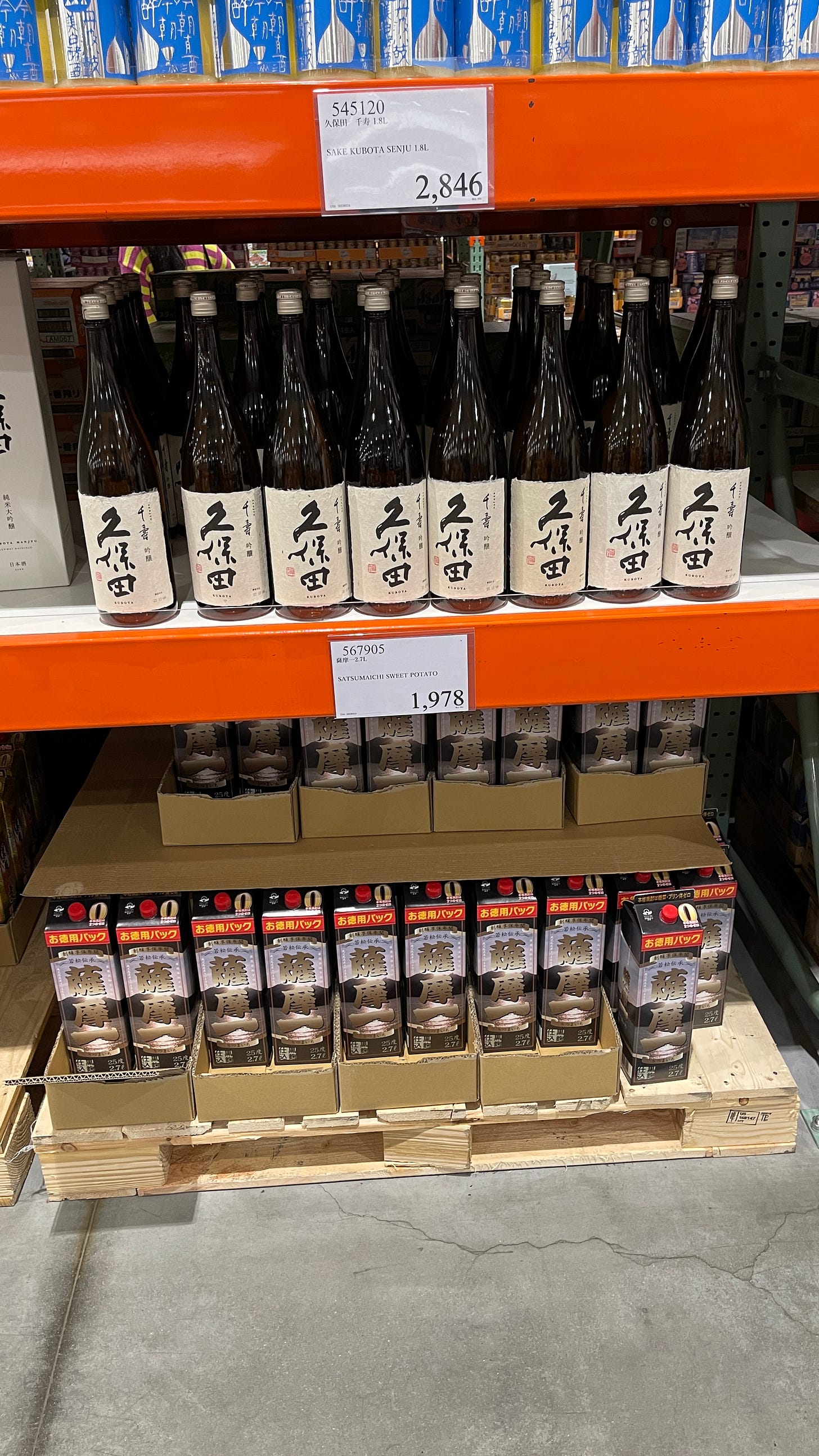

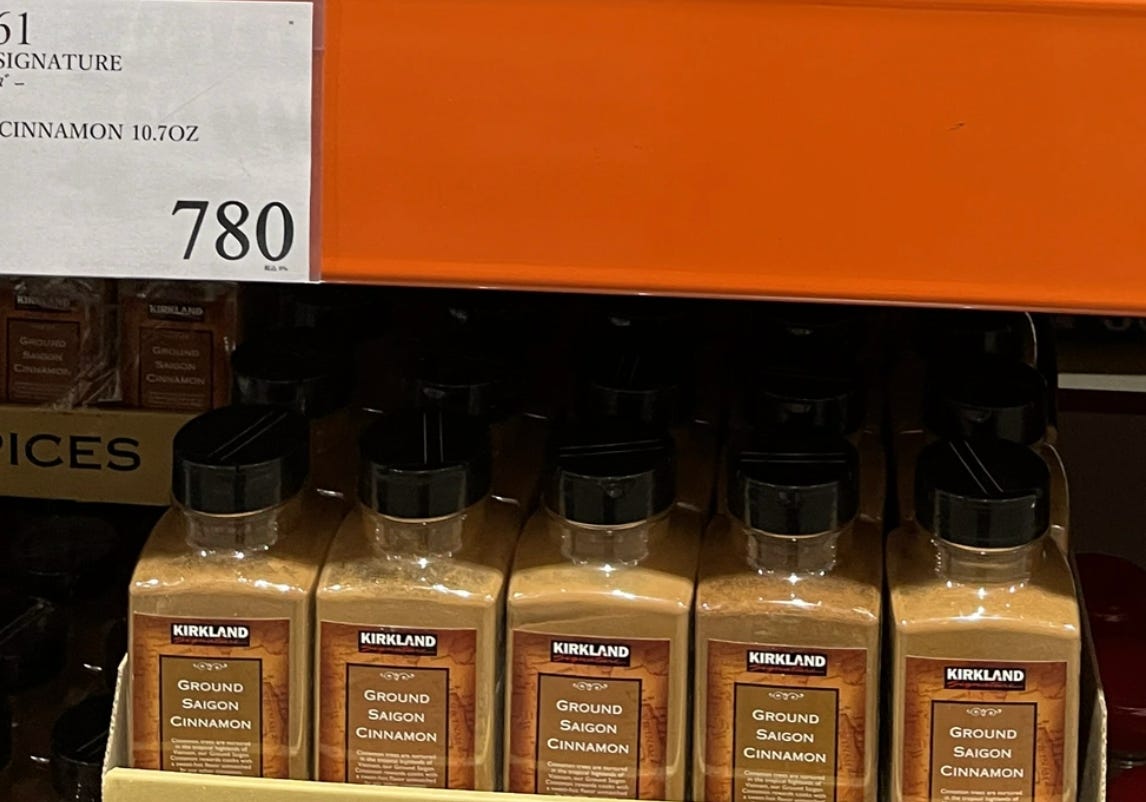
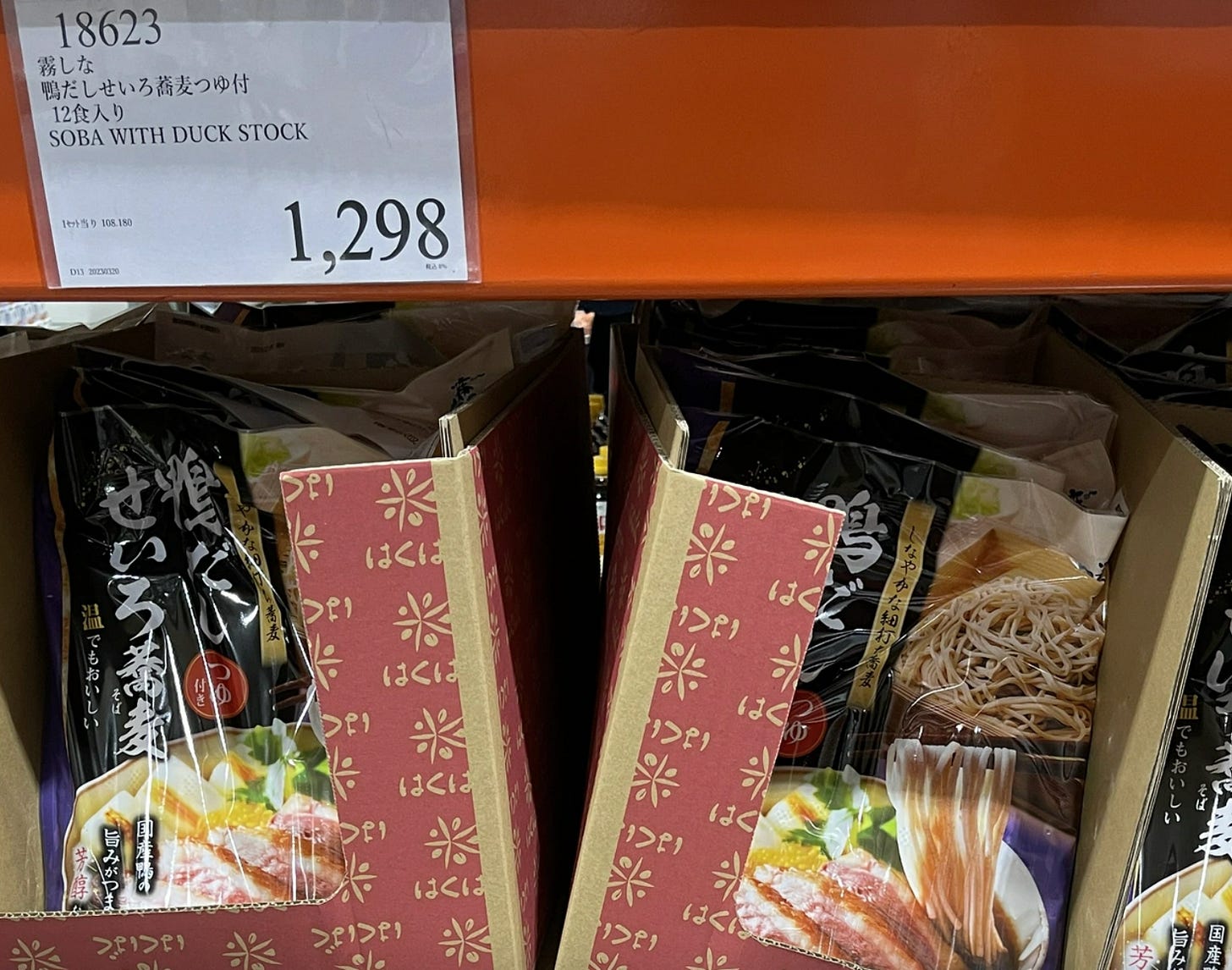
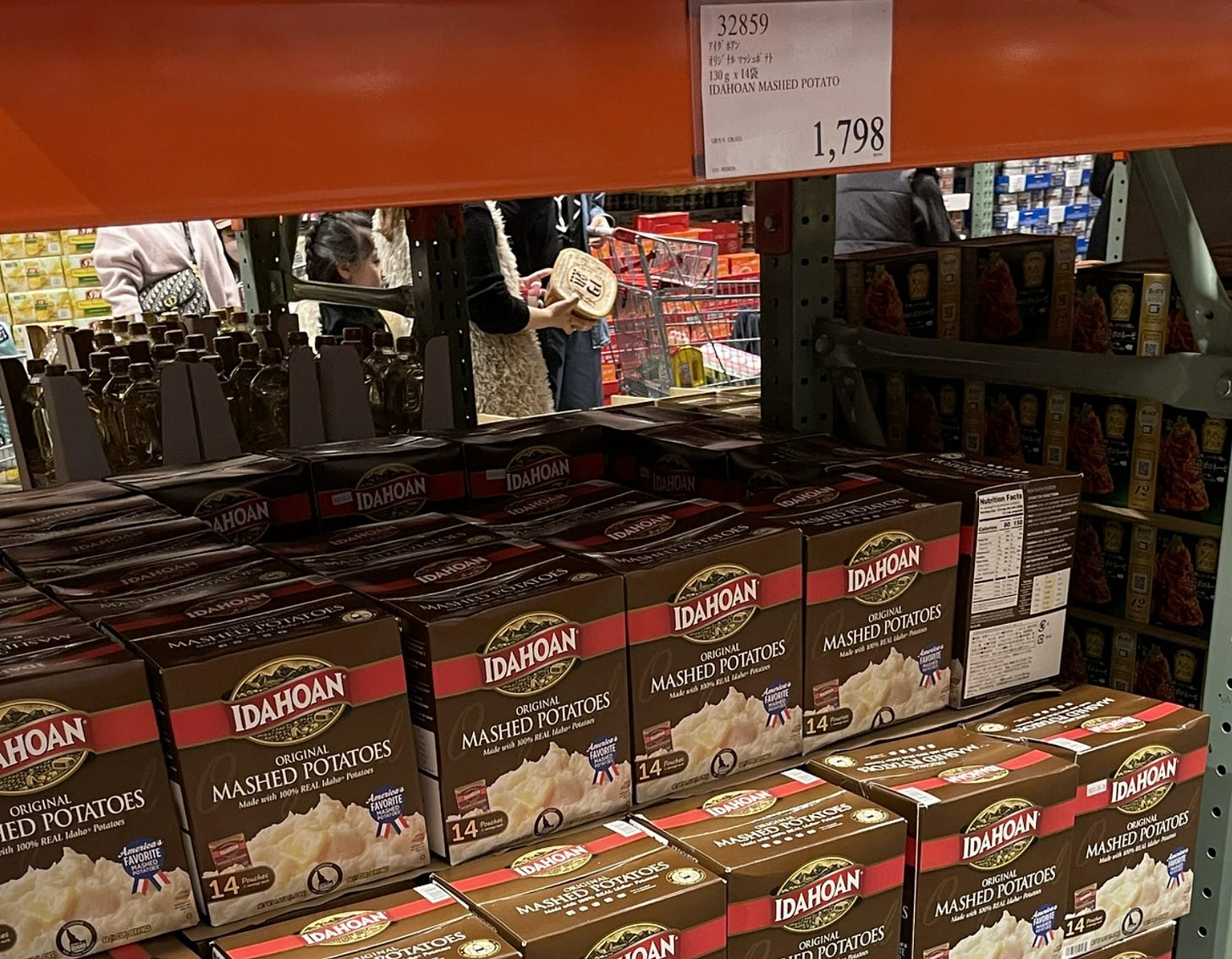

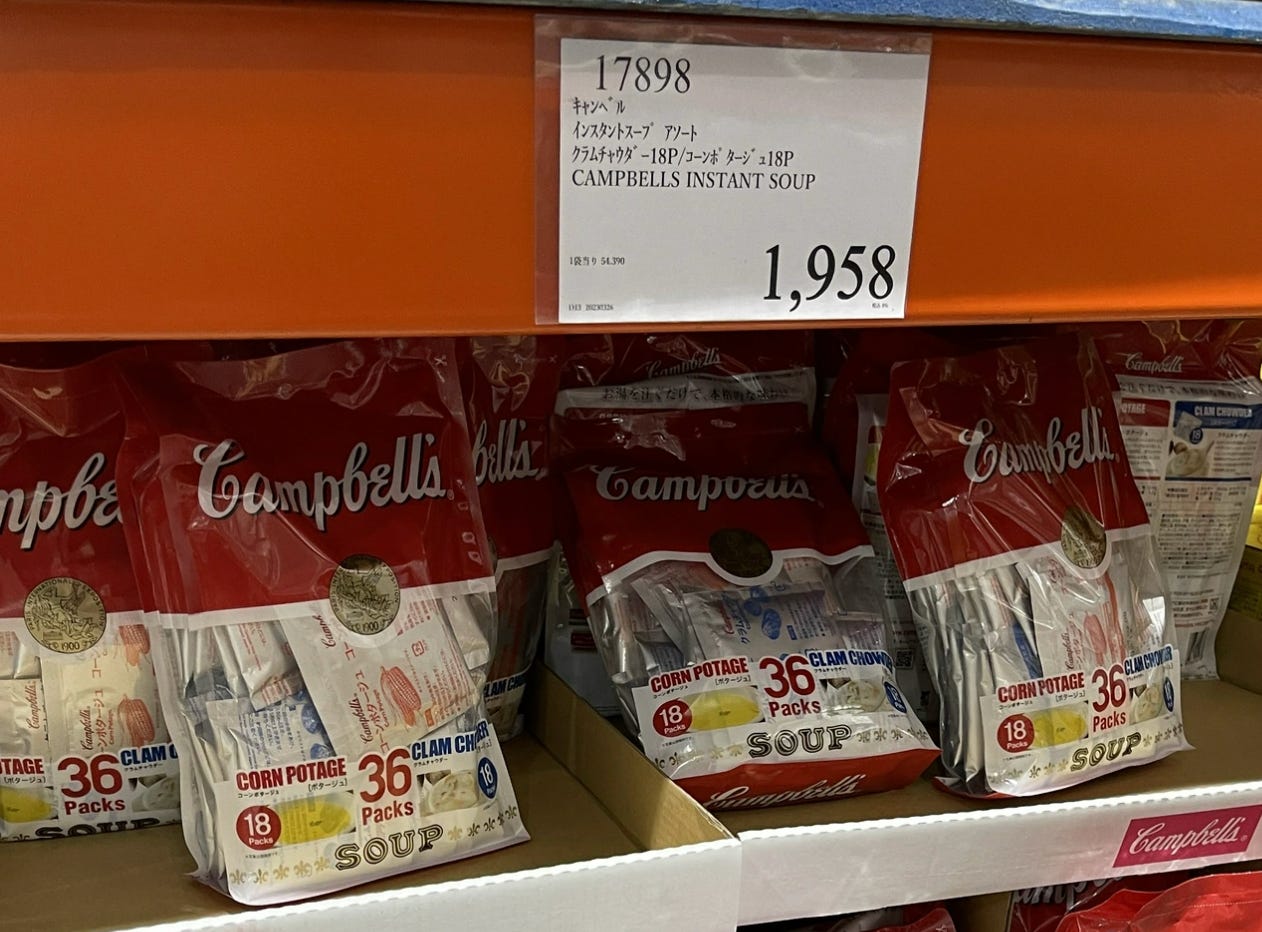
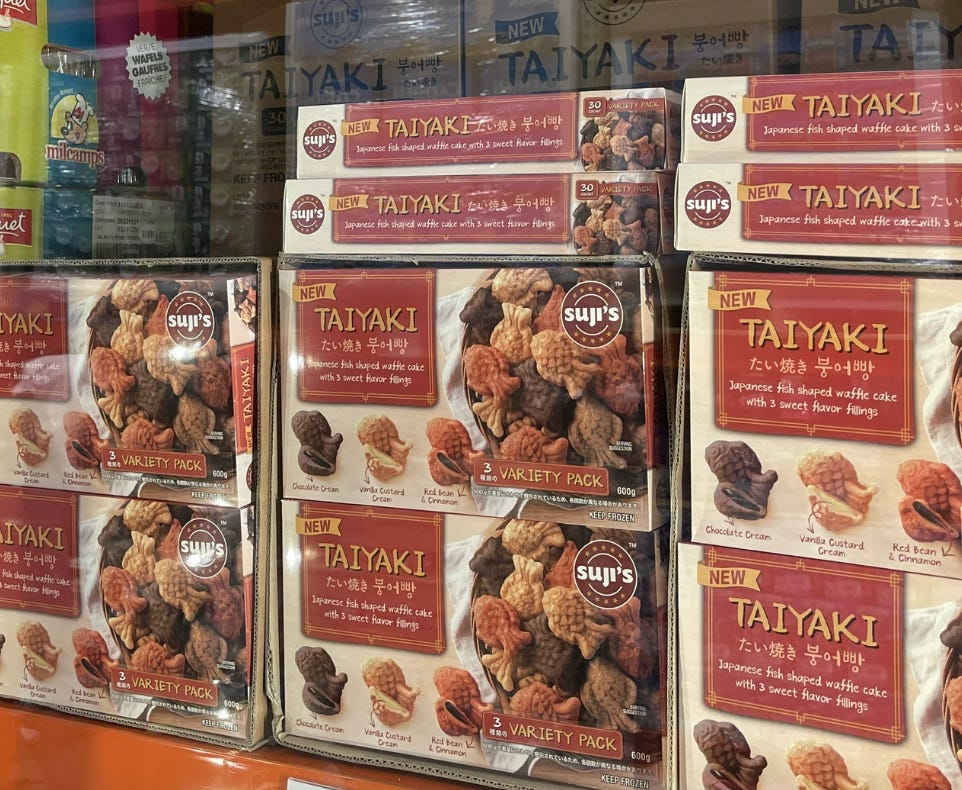

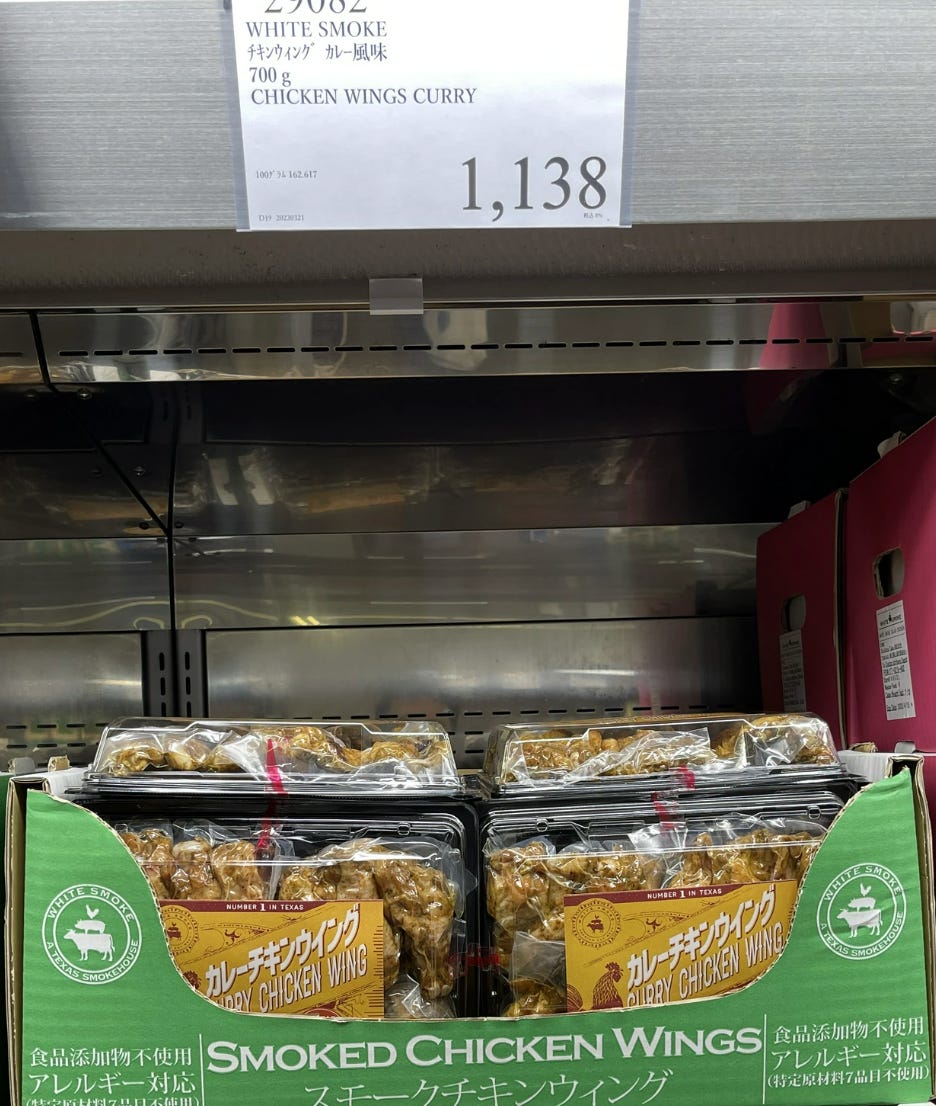

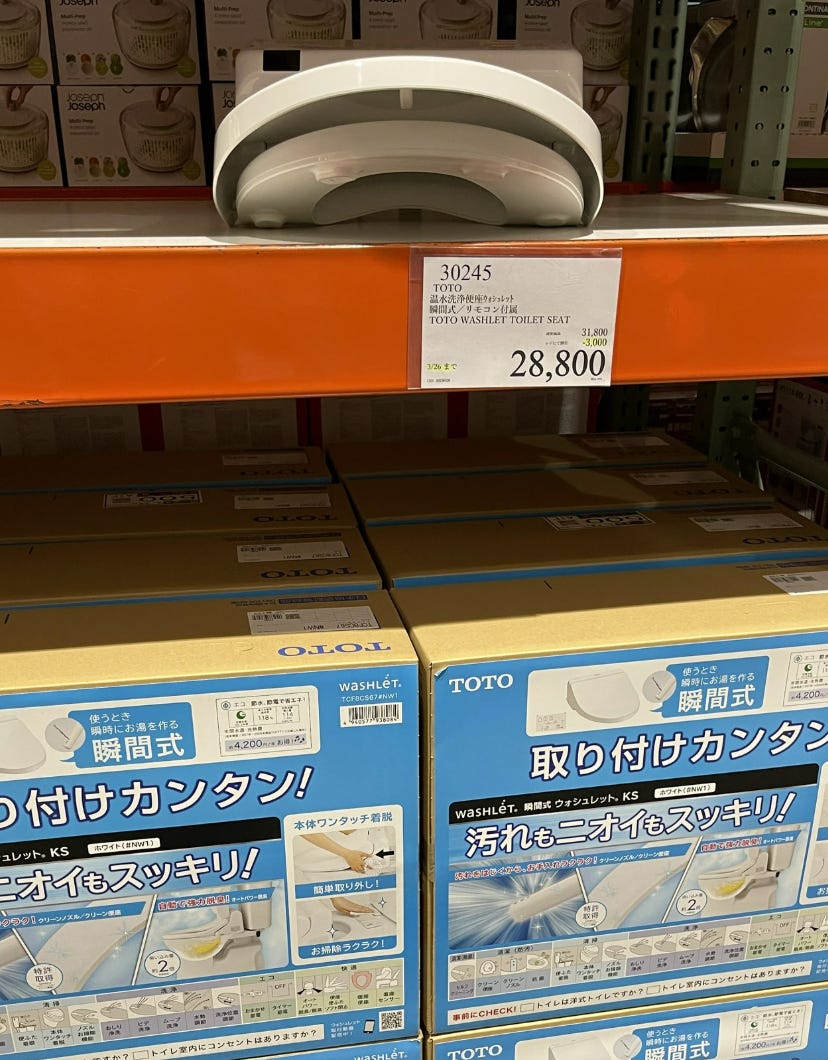
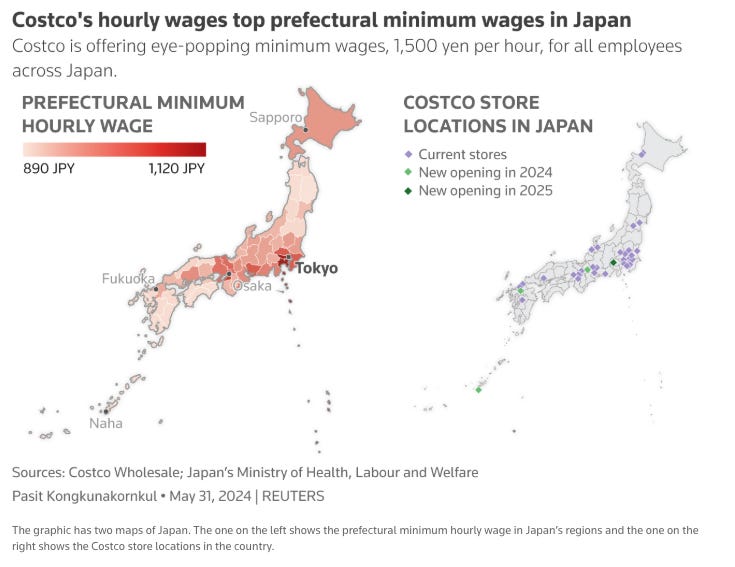





Visited the Fukuoka Costco in 2015. Only thing I remembered was Herman Miller Aeron chairs going for 90000 yen. Should've hand carried it.
That's an amazing profound article, thank you so much!